The Shetland Sheepdog, or the “Sheltie,” is one of the most beloved and beautiful dogs in the world. These fluff balls resemble miniature versions of the closely related Collie. However, they’re a breed all to themselves.
In fact, they performed some very important jobs in harsh environs of rural Scotland. Today, they make intelligent and sensitive companions. Read on to learn more about the Shetland Sheepdog.
Description of the Shetland Sheepdog
Shelties come from the Scottish isle of Shetland. Until the 1900s, they were mostly isolated there, but have since burst into the American market. These cuties were bred down from larger Collies. The people of Shetland needed talented herders and simply did not want to feed them as much food as their bigger cousins!
Under all that hair, Shelties are quite tiny. It offers a protective layer that keeps them both out of the sun and warm during winter. When these dogs are wet, you can see just how dainty this breed is!
Their double coat comes in black and blue merle, but sable is most common. All versions have white markings.
Life Expectancy and Size
The Shetland Sheepdog is prone to some unique health problems, and they can drastically shorten this dog’s life. Standard life expectancy is between 12 and 14 years, which is not as long as one would expect for such a small dog.
Shelties stand between 13 and 16 inches tall, and weigh between 15 and 25 pounds.
Protective Ability
This breed makes a great watchdog. Their bark is quite sharp, and they are not hesitant to use it. However, this sensitive breed does not make a good guard dog. Many Shelties are quite timid, especially when not properly socialized. They simply do not have the protective instinct, which honestly can be a good trait in most situations. Instead of protectors, these dogs make great companions.
Training
It can be fun and rewarding to train a Sheltie. Keep training sessions short and varied. Avoid becoming monotonous with commands and show these dogs that learning is fun. They respond extremely well to positive, rewards-based training.
Shetland Sheepdogs are some of the most skilled agility dogs in the world. Agile and smart, they quickly learn new skills and can easily win most classes. This would be a perfect dog for an owner looking to get into canine sports.
Energy Level
The Shetland Sheepdog is an adaptable breed with variable energy levels. Most of these dogs need at least an hour of exercise each day to stay sane. It is wise to provide even calm individuals with the same amount of activity to maintain their health.
What Living with a Shetland Sheepdog is Like
Most owners choose this breed because of his striking looks. However, these dogs are no Teacup Chihuahuas. That being said, these dogs can be great family pets. Most Shelties get along well with other family pets. In fact, canine friends can help this breed cope while their owners are at work.
These dogs are extremely smart. Make sure to provide them with enough mental stimulation using toys and games. Or, consider getting involved in agility! If they become bored or lonely, they’ll be more likely to get themselves in trouble. Shelties have been known to bark up a storm.
Care of the Shetland Sheepdog
These are attractive, gentle, and athletic dogs. Their biggest care requirements come in the form of grooming.
Environmental Needs
The Shetland Sheepdog definitely has enough hair to stay warm in winter. After all, they were used to herd sheep in Scotland’s notoriously inclement weather. However, they are not so well adapted to hot temperatures and can overheat. They should not be shave, though, because their fur protects them from the sun. Simply monitor their needs and provided plenty of fresh water and shade.
Exercise Needs
Sports are a great way to keep these dogs moving, as are games. Provide at least one hour of directed exercise each day. Most Shelties will keep on going for as long as you ask them. They are social dogs and enjoy having a job. Thankfully, they usually are able to stay quite calm in the house.
Shedding and Grooming
It is a big commitment to take on the grooming needs of a Shetland Sheepdog. At base, these hairballs need to be brushed a few times a week to keep their coats healthy and avoid matting. Their soft hair is prone to tangles. Make sure to brush their teeth and clip their nails on a regular schedule.
These dogs also shed profusely. Brushing often can keep more hair from ending up on your couch.
Ideal Home Environment
This breed is perfect for the calm family. These dogs are sensitive, and do not like harsh or manic voices. They do love being around their people, though.
Although this breed can get along with children, they can also be overwhelming for this sensitive dog. Shelties should only be paired with older children.
It is also important to take the Sheltie’s grooming needs seriously. These beautiful dogs are not without their maintenance needs.
Health Concerns
This breed has many unique health problems. Unfortunately, that’s the side affect of becoming such a popular breed. Working with a reputable breeder can make all the difference.
Some common issues include epilepsy, bleeding disorders, and gallbladder malfunction. Heart and eye problems are not uncommon, especially later in life. Many Shelties also have sensitive skin. Make sure to bathe only when necessary and use gentle products.
Behavior Problems
The Shetland Sheepdog is also known for a loud bark. They are quite vocal and may frustrate the neighbors. Some Shelties also have a highly developed chasing instinct. Be careful when they are off-leash!


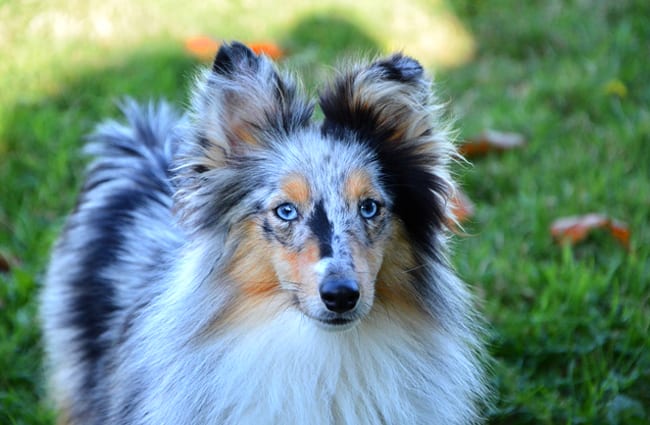
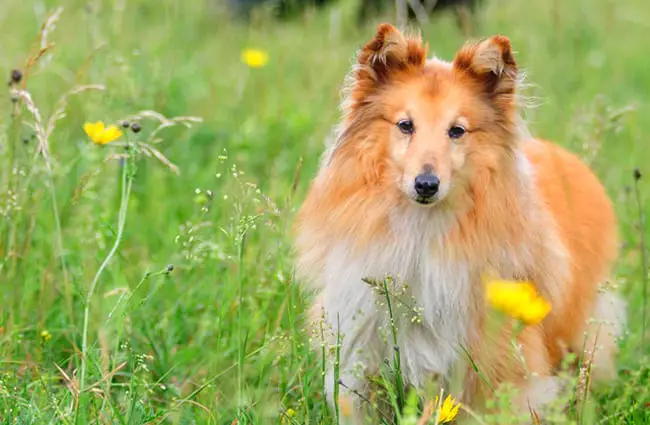
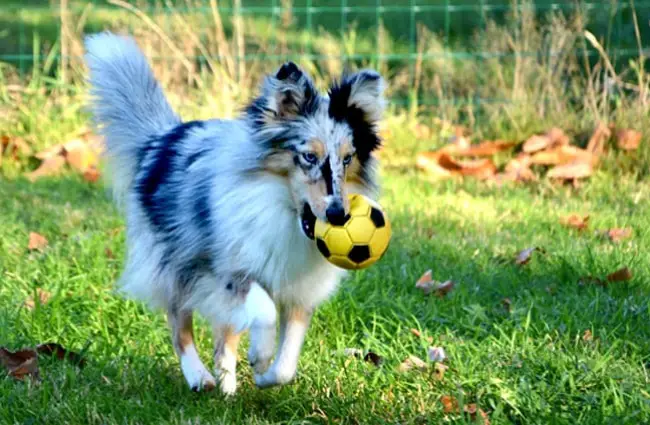

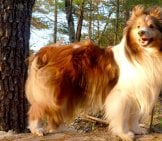
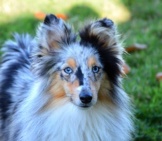
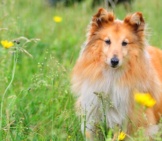
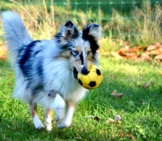














![Red Angus Closeup of a beautiful Red Angus cowPhoto by: U.S. Department of Agriculture [pubic domain]https://creativecommons.org/licenses/by/2.0/](https://animals.net/wp-content/uploads/2020/03/Red-Angus-4-100x75.jpg)

